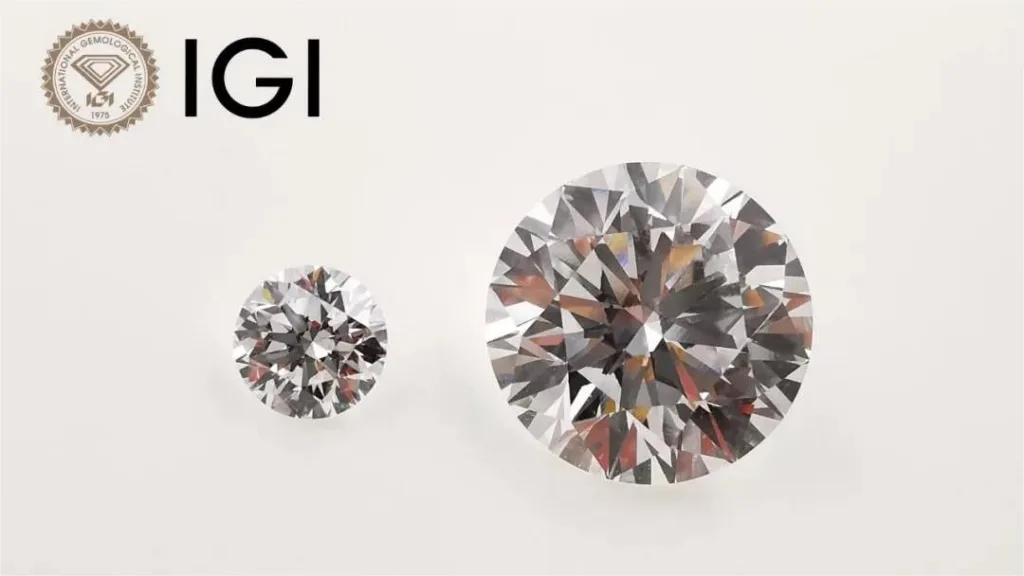The development of lab-grown or synthetic diamonds began in the mid-20th century, and it has evolved significantly since then. Here is a detailed timeline of the key milestones in the history of lab-grown diamonds:
Early 20th Century:
- The first attempts to create synthetic diamonds were made in the early 20th century, primarily using high-pressure, high-temperature (HPHT) methods.
- In 1912, French chemist Henri Moissan accidentally produced small synthetic diamonds while attempting to replicate the conditions found deep within the Earth’s mantle.
1950s – 1960s:
- General Electric (GE) initiated substantial research into creating synthetic diamonds for industrial purposes. In 1954, they succeeded in creating small, high-quality synthetic diamonds using the HPHT method.
- In 1960, GE produced the first commercially viable synthetic diamonds, primarily for industrial cutting and drilling applications.
1970s – 1980s:
- Researchers started experimenting with chemical vapor deposition (CVD) as an alternative method for growing diamonds. CVD involves the deposition of carbon atoms onto a substrate to form a diamond crystal.
- CVD diamond growth gained popularity in the 1980s due to its potential for growing larger, high-quality diamonds.
1990s – 2000s:
- Lab-grown diamonds began to gain attention as gem-quality stones in the 1990s, particularly in Japan. These diamonds were initially small and yellow in color.
- In the early 2000s, improvements in CVD technology allowed for the growth of larger and colorless diamonds with better clarity.
2010s – Present:
- Lab-grown diamond production continued to advance rapidly in terms of size, quality, and quantity.
- In the 2010s, lab-grown diamonds started to gain significant market share in the jewelry industry, with consumers attracted to their ethical and environmental benefits, as well as their lower price points compared to natural diamonds.
- Prominent jewelry retailers, such as De Beers (with their Lightbox brand), began offering lab-grown diamond jewelry alongside their natural diamond products.
It’s important to note that the development of lab-grown diamonds is an ongoing process, and the technology continues to improve, making lab-grown diamonds more accessible and desirable in various industries, including jewelry and high-tech applications. For the most up-to-date information on lab-grown diamonds, you may want to consult more recent sources and industry news.




